contact me
Hi! I'm Lindsay Ferrier. You might remember me from a blog called Suburban Turmoil. Well, a lot has changed since I started that blog in 2005. My kids grew up, I got a divorce, and I finally left the suburbs for the heart of Nashville, where I feel like I truly belong. I have no idea what the future will hold and you know what? I'm okay with that. Thrilled, actually. It was time for something totally different.
Beaman Park in Nashville is a Perfect Day Hike
February 24, 2016
Beaman Park is one of Nashville’s many hidden treasures.
We chose Beaman Park because we wanted a more challenging trail for our 8 and 11-year-olds– and that’s exactly what we got. Beaman Park’s trails will keep you climbing and descending, and can offer a great workout to young and old alike.
Once we found the Nature Center (caution: Google Maps will NOT get you there- follow the directions listed at the bottom of this post), we parked in the lot and headed down the steep Sedge Hill Trail to the creek, where it joins the Henry Hollow Loop. If you take the entire loop and then head back up the Sedge Hill Trail when you’re done, you will clock in at around 3 1/2 miles…
As long as you’re reasonably fit, this hike won’t be a problem. With plenty of steep uphill climbs, kids and older adults will want to include a few rest periods and food/water breaks. Expect the hike to take about two hours.
But the real star of the Henry Hollow Trail during the winter months is undoubtedly the creek– Its smooth rock bed makes the waters crystal clear and absolutely gorgeous. You will walk alongside the creek for a good part of the loop and get lots of great views.
Expect to find signs of life no matter what the season. Because of the elevation, plants like mountain laurel and even blueberries grow here- You won’t find those in Nashville proper! My eight-year-old had studied a map of the park before we set out, and when we returned to the nature center at the end of our hike, he eagerly went back to the map to compare this ‘fauna sample’ he’d found on the ground with a map picture he remembered.
Yup. Just as he’d suspected, he had (re)discovered the (not very) elusive Christmas Fern.
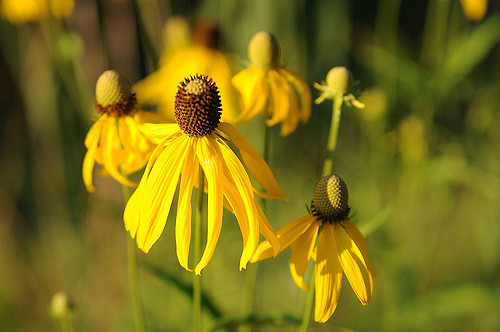
Source: Brian Dailey/Flickr Creative Commons
In March and especially in April, the Henry Hollow Trail as well as the Ridgetop Trail (a 1.2 mile offshoot), are very popular with wildflower enthusiasts. We plan to return this spring to see the flowers. Spring wildflowers include dwarf larkspur, wild geranium, shooting stars, fire pinks, and occasional lady’s slipper orchids. In summer, you might see blazing stars, coreopsis, New Jersey tea, bergamot, and the state-listed threatened flower known as the Michigan lily. In fall, blue lobelia grows, along with turtlehead, beardtongue, ladies tresses orchids, and the federally threatened Eggert’s sunflower. The Friends of Beaman Park website has a photo gallery to help you identify the wildflowers you see on the trail, and Vanderbilt has an exhaustive list of Beaman Park fauna— Be sure and check them both out. A wildflower scavenger hunt (or wildflower bingo, if you’re feeling especially creative) could be a great way to trick your kids into a more challenging hike!

Source: Anthony Jones/Flickr Creative Commons
Beaman Park is also a great place to look for and identify mushrooms when they’re in season. Friends of Beaman Park has identified several dozen varieties of mushrooms in the park– Use their handy guide to give the fungi you find an official name.

Source: Melissa McMasters/Flickr Creative Commons
The TWRA has great advice for birdwatchers on the Henry Hollow Trail:
“Before departing on the trail, listen for Northern Parula and Yellow-throated Warbler in the parking area as they seem to be fairly faithful to this location in spring. Both Summer and Scarlet Tanager are also often heard from this area. Breeding populations of Worm-eating Warbler, Louisiana Waterthrush, Ovenbird, and Kentucky Warbler occur throughout the breeding season from April into late June. Interspersed with their songs and calls will be those of Eastern Wood-Pewee, Acadian Flycatchers, Red-eyed Vireo, Wood Thrush, Summer and Scarlet Tanager, Blue-gray Gnatcatcher and other forest birds common to Middle Tennessee.”
One tip I learned at the Hatchie Bird Festival this past summer– You will see and hear far more birds at the edges of forested areas- Most birds actually don’t like deep forest, which is why you often won’t see too many birds on your hikes in heavily wooded areas.
You can read more detailed information about Beaman Park’s birds on the Tennessee Ornithological Society’s website, including where to find yellow-billed cuckoos and ‘ground zero for the park’s ovenbird population!’ Birding is a slippery slope, y’all. I speak from experience.

Source: U.S. Fish & Wildlife Service/Flickr Creative Commons
And now, a word of caution– The area is known for its snakes, including rattlesnakes and copperheads. In fact, snake stories are a big part of Paradise Ridge’s history. According to The Tennessean: “Those stories include the 1960s account of Joelton High School student Tommy Edwards getting attacked by a rattler while riding his bicycle and the time in 1914 when a copperhead fell from the ceiling of a cabin into bed with a baby. A coon dog lunged at the copperhead, saving the baby. The high school student also escaped a bite.”
(Okay, that paragraph was entirely too convoluted. I’m all, ‘What was the 1961 high school student doing in bed with the 1914 baby?’ Oh, Tennessean, you so crazy.)
I did notice that a photo of a rattlesnake is prominently featured on the Beaman Park map (like they’re proud of their rattlers or something… *shiver*)– so just keep that in mind. Wildlife at Beaman Park also includes many non-venomous creatures, like deer, coyotes, foxes, bobcats, owls, pileated woodpeckers, and flying squirrels. The naturalist who led our hike has actually seen a bobcat in the park and we spotted a barred owl up in a tree during our walk. We are owl freaks, so this was a big deal.
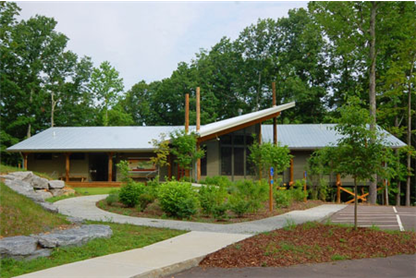
Source: Nashville.gov
The park’s Nature Center isn’t very big, but it does have a small selection of books, games, and coloring sheets for children and connects to a quarter-mile boardwalk trail. The nature center also has displays containing the remnants of a moonshine still found on the property. The property was once known as Paradise Ridge, named for the Paradise brothers (whoever they are), and was used for turn-of-the-century homesteads, farming, logging, and orchards. A 1909 newspaper article described this area as having a “lawless environment.”
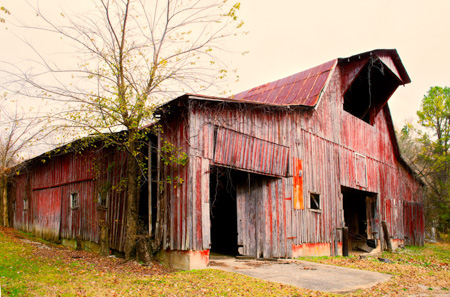
Source: Friends of Beaman Park
Evidence of days gone by at Beaman Park includes the 100-year-old Proctor Barn, where there was room for lots and lots of lawlessness! The Friends of Beaman Park group is raising money to renovate this barn into a usable park facility. Currently, it’s only accessible via guided off-trail hikes to the property.
We can’t wait to go back to Beaman Park– We’re already planning hikes to look for wildflowers and birds this spring (my daughter is determined to find that yellow-billed cuckoo), and we’re going to keep an eye on upcoming programs and guided hikes at the park as well.
Planning a visit? Scroll down to the bottom of the Beaman Park webpage and you’ll find a PDF with a listing of upcoming guided hikes and programs. Before you go, you might also want to print out a map of the park to help you find your way while on the trails.
The TWRA offers great directions to Beaman Park’s parking areas and nature center, as well as a map on how to get there.
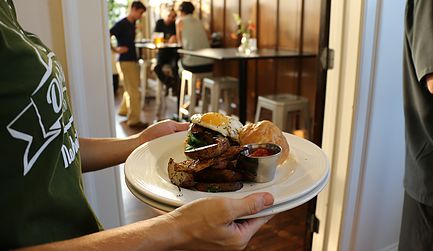
Source: Old School Farm Bar
And when you’re done with your hike, consider stopping for brunch or dinner at the nearby Old School Farm Bar, a restaurant in a restored 1936 schoolhouse that’s getting rave reviews and has a kids menu. GOOD TIMES.
Want to learn more about Beaman Park? Check out my sources, listed below!
Sources: Northeast Davidson County: The Land and Its People, by John P. Graves; ‘Joelton is Center of Life on Paradise Ridge‘, The Tennessean; Friends of Beaman Park; Tennessee’s Watchable Wildlife: Beaman Park; The Tennessee Ornithological Society: Beaman Park; Beaman Park Trail Map; Vanderbilt: Beaman Park fauna; Tennessee History for Kids: Physical Regions
Happy hiking!
Keep up with all we’re doing in and around Nashville by following me on Facebook, Twitter, Pinterest and Instagram!
Leave a Reply Cancel reply
This site uses Akismet to reduce spam. Learn how your comment data is processed.

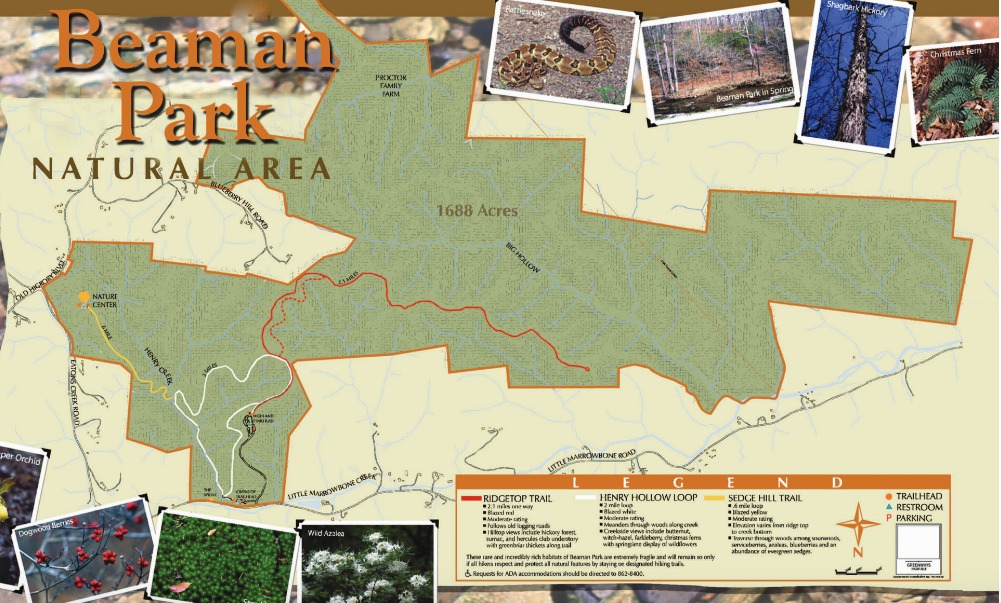
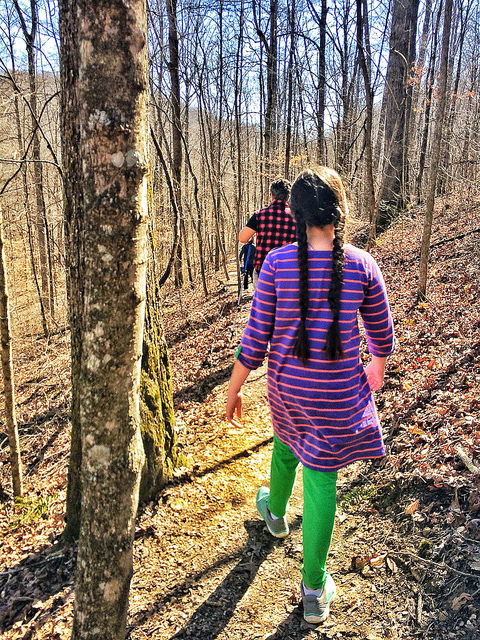
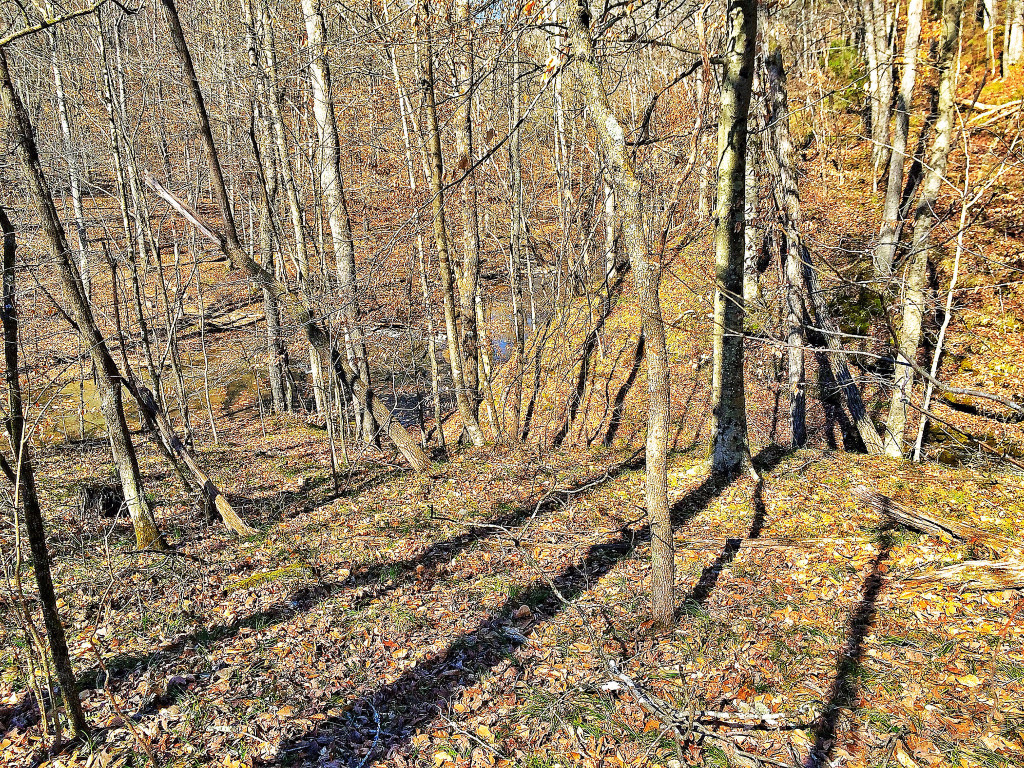
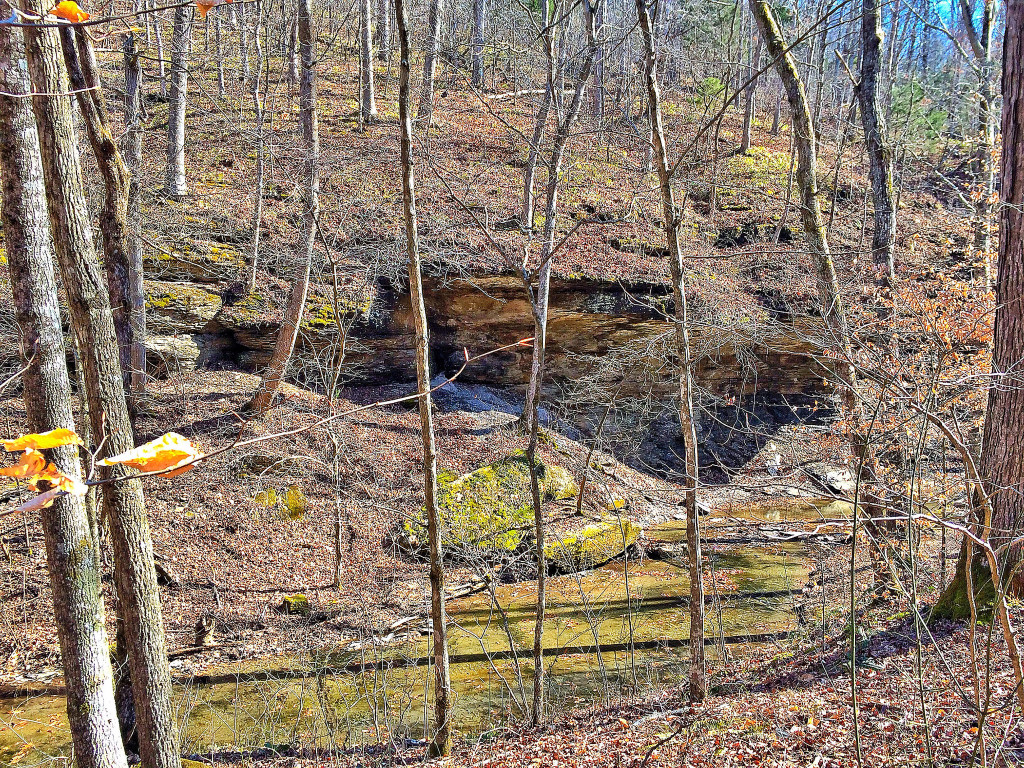
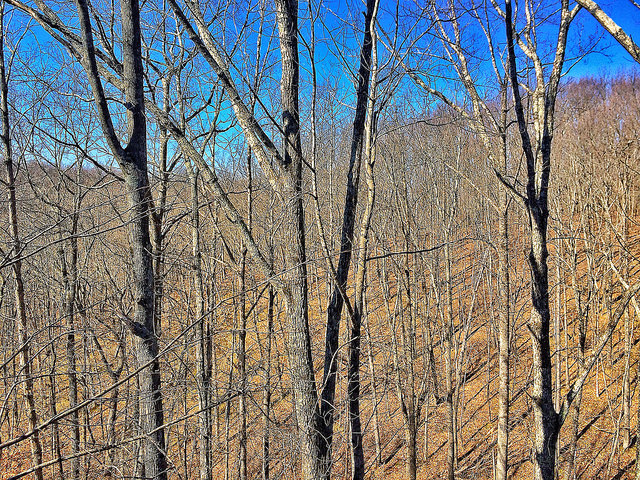
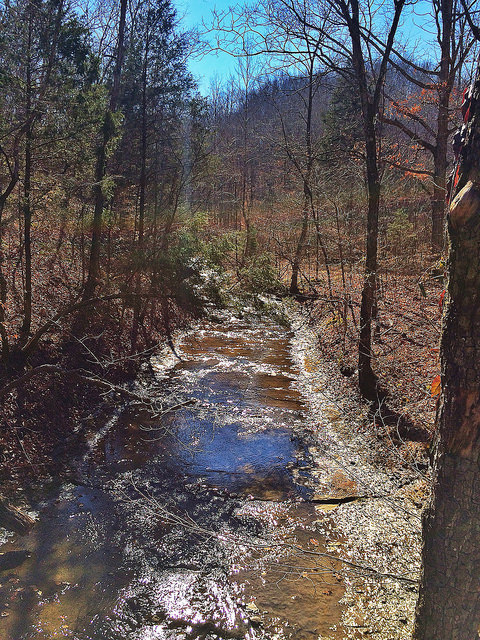

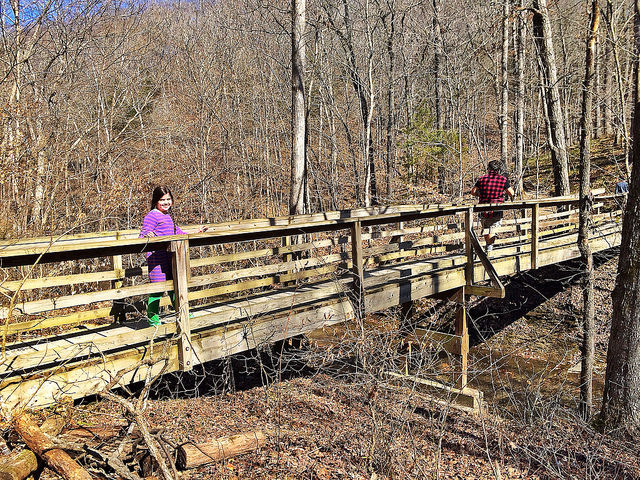
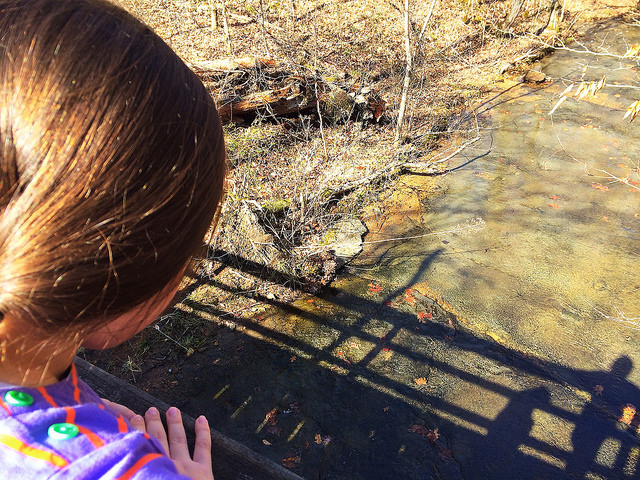
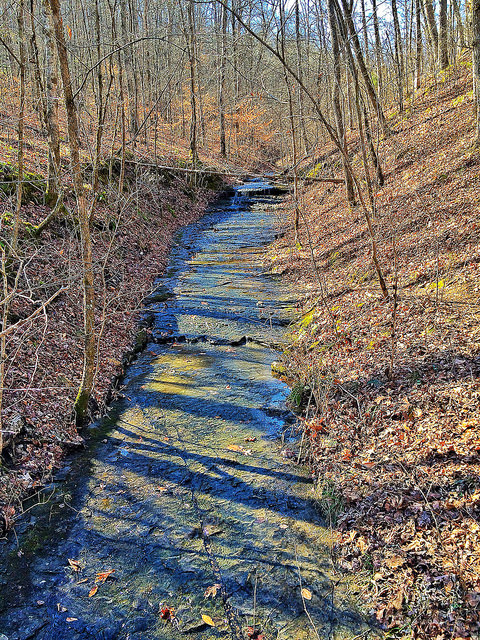
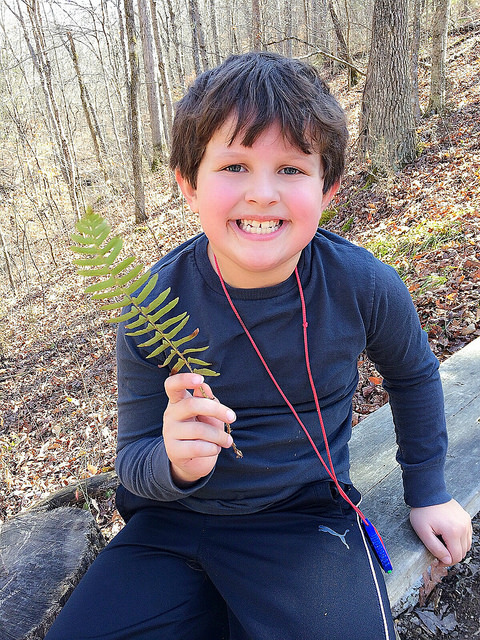

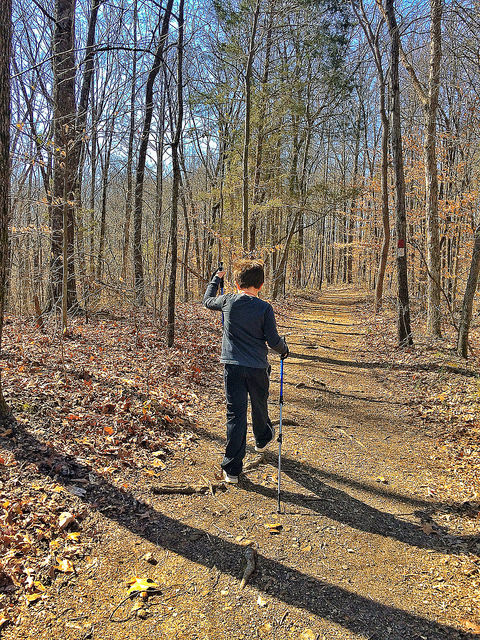
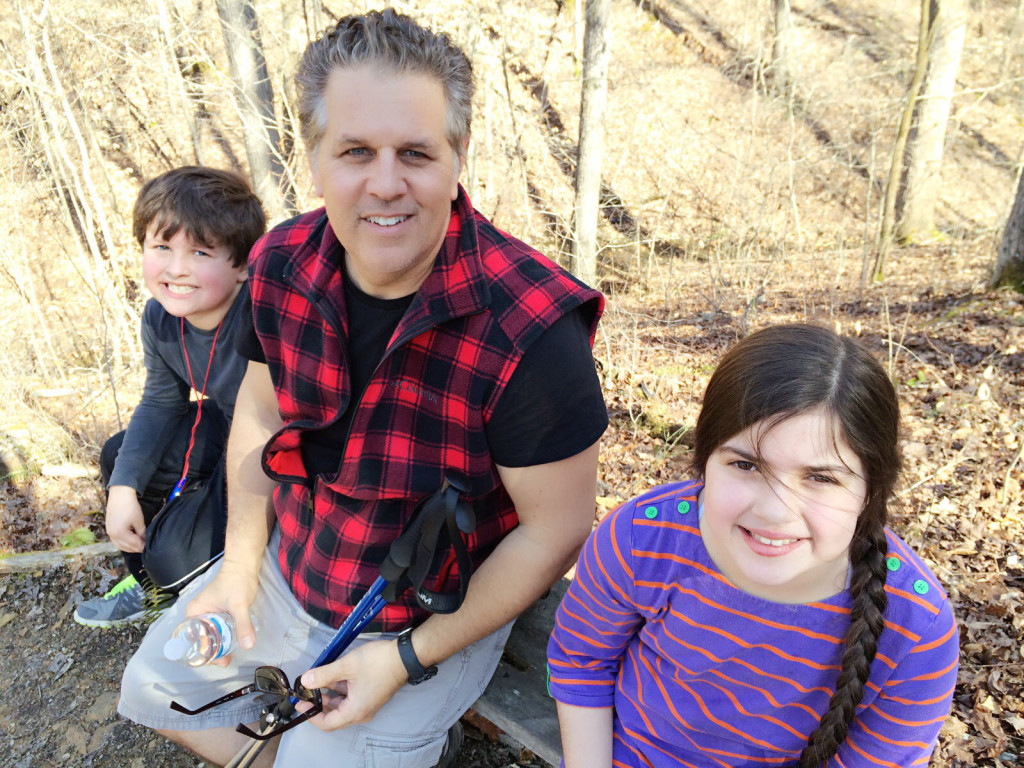
[…] 40. Hike Nashville’s rugged Beaman Park for a more challenging trail for kids. If your kids are getting older or need to burn off a whole lot of energy, Beaman Park is a great place for a day hike, especially in summer, when its crystal clear limestone-bed creek is a perfect place to splash around. Beaman Park has a great 3.5 mile loop trail through beautiful forest, as well as a small Nature Center with kid-friendly activities. Read more about it in my Beaman Park post. […]
[…] Hike Nashville’s rugged Beaman Park for a more challenging trail for kids. If your kids are getting older or need to burn off a whole lot of energy, Beaman Park is a great place for a day hike, especially in summer, when its crystal clear limestone-bed creek is a perfect place to splash around. Beaman Park has a great 3.5 mile loop trail through beautiful forest, as well as a small Nature Center with kid-friendly activities. Read more about hiking Beaman Park with kids here. […]